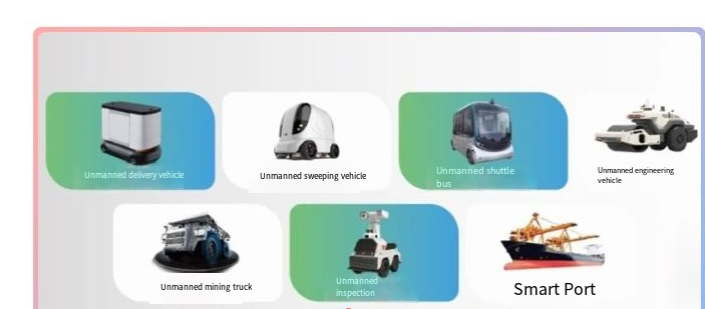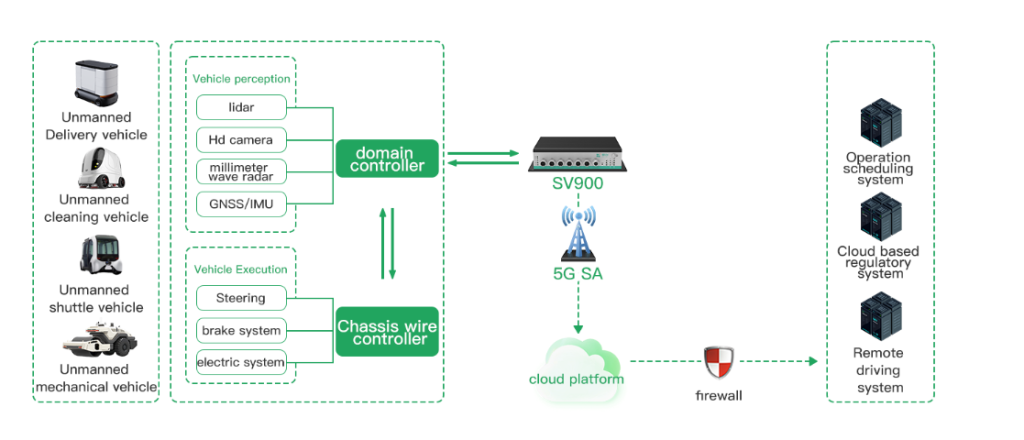SEARCH
— 葡萄酒 | 威士忌 | 白兰地 | 啤酒 —
— 葡萄酒 | 威士忌 | 白兰地 | 啤酒 —

Autonomous driving combines software and hardware, representing an exceptionally complex interdisciplinary field. It consists of multiple modules including perception, planning, and control, involving numerous disciplines such as machine learning, computer vision, automatic control, and vehicle engineering. Particularly against the backdrop of rapidly developing artificial intelligence, technologies like machine learning, deep learning, and reinforcement learning are closely linked to autonomous driving. Artificial intelligence offers an effective technical solution for autonomous driving.
For example, AI technology enables vehicles to understand data obtained from vehicle sensors and extract key semantic information from the surrounding environment. Furthermore, vehicles use this semantic information for planning and decision-making. For instance, when approaching a sidewalk or encountering pedestrians, the vehicle automatically slows down to wait for pedestrians to pass; when the vehicle ahead brakes suddenly, it determines whether to immediately reduce speed or change lanes. Through AI integration, the riding experience and safety during vehicle operation are greatly enhanced.

External vehicle sensors (LiDAR, cameras, GNSS, etc.) collect relevant external data, serving as the basis for operational commands issued by the domain controller.
As the vehicle’s command executor, upon receiving operational instructions from the domain controller, it must immediately perform operations such as emergency braking.
Provides low-latency uplink and downlink data channels to ensure monitoring and operational commands reach the endpoint promptly; adopts M12 aviation connector method to ensure secure interfaces and provide CAN communication interfaces.
Enables real-time monitoring of current vehicle operating status, can issue execution commands to make the vehicle follow newly planned routes, and can also implement remote vehicle operation through intelligent driving systems.

Mo